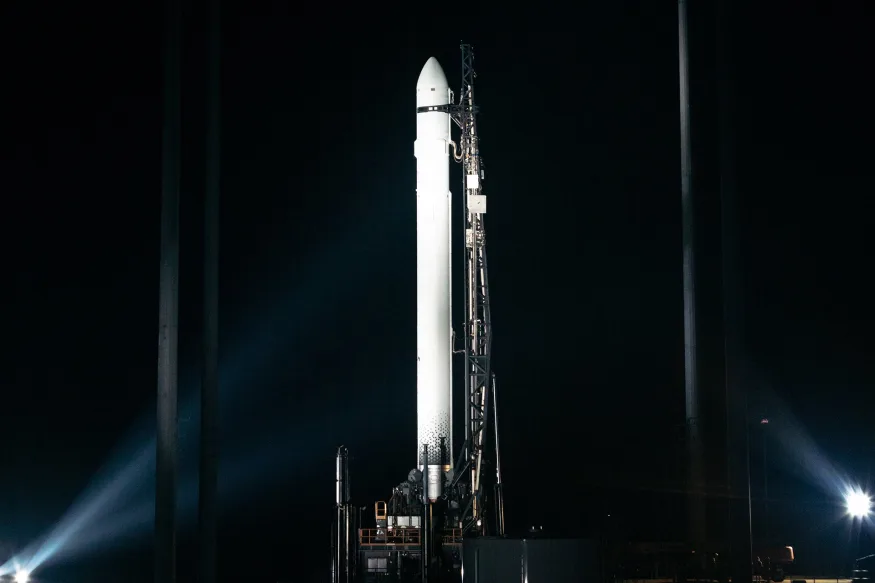3-D printed rockets represent an exciting advancement in the field of aerospace engineering. This manufacturing technique allows for the creation of complex geometries and intricate designs that would be difficult to produce using traditional manufacturing methods. With 3-D printing, rockets can be built more quickly, with fewer parts and less waste. This technology also enables more customization and optimization of the rocket’s components, resulting in improved performance and reliability. However, practicality still seems a little far off for 3-D printed rockets, as showcased in the recent launch of the same.

Relativity Space has made progress with its 3D-printed rocket after a successful launch from Cape Canaveral. The Terran 1 vehicle took off on Wednesday, although it failed to reach orbit after the second-stage engine ignited only momentarily. Despite the setback, the company remains positive and considers the mission an accomplishment. The rocket withstood Max-Q, the moment when the most stress is placed on the 3D-printed design. It was also carrying the first metal produced from Relativity’s 3D printing system.
Relativity’s previous two launch attempts were troubled by problems, including cooling propellant and software flaws. The company is using the expendable Terran 1 to demonstrate the viability of its 3D printing technique ahead of the reusable Terran R rocket’s planned 2024 launch. Relativity aims to create simpler, more reliable and cheaper rockets that can be ready within weeks. This could significantly reduce the cost of delivering satellites and experiments into orbit.
Relativity faces increasing pressure to complete testing, as it already has contracts to launch OneWeb satellites and Impulse Space’s commercial Mars mission. With competitors such as SpaceX, Blue Origin and Rocket Lab, setbacks limit Relativity’s chances of winning business. Nevertheless, the successful launch represents progress and the company promises updates in the coming days as it seeks to further develop its 3D printing technique.
RELATED:
- First 3D-Printed Rocket Set to Launch into Space (Really)
- ISRO LMV3 rocket launched with 36 OneWeb Satellites
- Best Monitors for Xbox Series X 2023
(Via)







